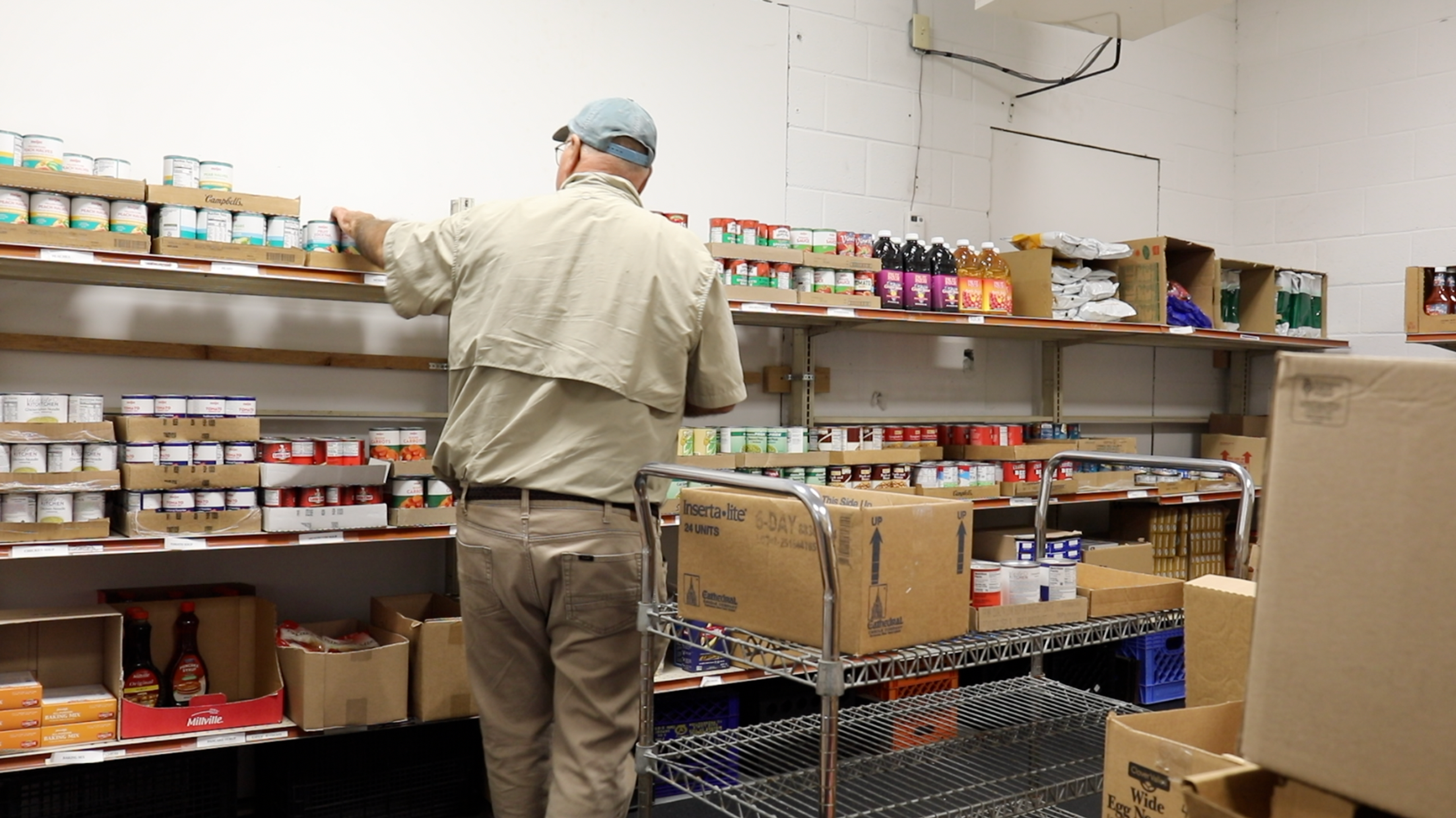
A study from the CDC found that in 2017, 34.3 million adults in the United States smoked cigarettes. Tobacco usage can be detrimental to overall health and can lead to several other conditions and diseases, such as asthma, Buerger’s disease, cancer, chronic obstructive pulmonary disease, diabetes, gum disease, heart disease, stroke, HIV, pregnancy complications, loss of vision and mental health disorders. Due to the harmful effects, many local, state and national organizations offer programs to help users quit. This year, the Michigan Department of Health and Human Services (MDHHS) is offering a free eight-week supply of nicotine gum or patches to help users quit smoking through September 30, 2019. Users can participate in the program over-the-phone or online, no in-person meetings are required. “We normally offer nicotine patches, gum, and lozenges to people who are uninsured and otherwise don’t really have access to medications,” said Karen Brown, Tobacco Dependence Treatment Program Coordinator at MDHHS. “However, during the CDC QUIT campaign, which is a pitch from former smokers … they encourage us to offer these products to a larger audience.“ MDHHS has seen success from their past programs. “We measure it yearly. The quit rate for concessional tobacco alone for coaching participants during 2018 was 30.2%. We’re pretty happy with that,” said Brown. The free eight-week supply is not the only initiative the MDHHS is taking part in to stop tobacco use. “Right now we are funding 11 local health department contracts with different tobacco programs and also promote cessation programs throughout the state. We’re working with a number of HIV/AIDS organizations to work with people living with HIV/AIDS who are using tobacco. They have a much higher smoking rate than the rest of the population. In fact, at this point in time, people living with HIV/AIDS are more likely to die from tobacco-related illnesses than they are to die from their HIV, so we’ve really focused on that,” said Brown. “We’re also funding some special population organizations, particularly American-Indian and Arab-American organizations throughout the state,” she added. They also have help available for youth under 18 years of age who want to quit smoking, vaping or using e-cigarettes. “We, along with nine other states, have worked with our quit line and have launched a youth tobacco program that is specific to helping youth of all ages quit tobacco or now vaping or e-cigarettes. We also have a component of that for schools so if they are interested in sending youth to us as an alternative if they get caught vaping in school, we have a special program for them with a non-reproducible completion certificate that they get to hand back to their school to show them they’ve gone through the program and that’s completely free to youth at all times,” Brown said. “We do not charge you for any of our programs so as long as you’re under 18, you can call and be a part of that program. A lot of what we’re doing with youth is available as a text program, so it’s going to look like a chat that we do through text because we know most youth aren’t interested in talking on the phone … they can still call, but we’re really pushing the other options since we know that’s what the youth likes.” If you or a loved one is interested in participating in this program, you can call the 24-7 quit line at 1-800-784-8669 or visit the website. Learn more about smoking cessation programs available to Blue Cross and Blue Care Network members. If you enjoyed this blog, you may also find these helpful:
- Want to Quit Smoking Hooka? There's an App for That.
- Talk to Your Kids About Smoking
- The Great Debate Over Tobacco Alternatives
Photo Credit: AndreyPopov





